Bulbs
Flower Basics
Flower Beds & Specialty Gardens
Flower Garden
Garden Furniture
Garden Gnomes
Garden Seeds
Garden Sheds
Garden Statues
Garden Tools & Supplies
Gardening Basics
Green & Organic
Groundcovers & Vines
Growing Annuals
Growing Basil
Growing Beans
Growing Berries
Growing Blueberries
Growing Cactus
Growing Corn
Growing Cotton
Growing Edibles
Growing Flowers
Growing Garlic
Growing Grapes
Growing Grass
Growing Herbs
Growing Jasmine
Growing Mint
Growing Mushrooms
Orchids
Growing Peanuts
Growing Perennials
Growing Plants
Growing Rosemary
Growing Roses
Growing Strawberries
Growing Sunflowers
Growing Thyme
Growing Tomatoes
Growing Tulips
Growing Vegetables
Herb Basics
Herb Garden
Indoor Growing
Landscaping Basics
Landscaping Patios
Landscaping Plants
Landscaping Shrubs
Landscaping Trees
Landscaping Walks & Pathways
Lawn Basics
Lawn Maintenance
Lawn Mowers
Lawn Ornaments
Lawn Planting
Lawn Tools
Outdoor Growing
Overall Landscape Planning
Pests, Weeds & Problems
Plant Basics
Rock Garden
Rose Garden
Shrubs
Soil
Specialty Gardens
Trees
Vegetable Garden
Yard Maintenance
Plant & Flower Identification
Plant & Flower Identification. Learning how to identify plants and flowers can be important for different reasons. It is necessary if you often camp in the outdoors or if you are interested in learning about edible or toxic plants in your region. Learning as much as possible about the numerous plants and flowers in our world is a good idea if you...
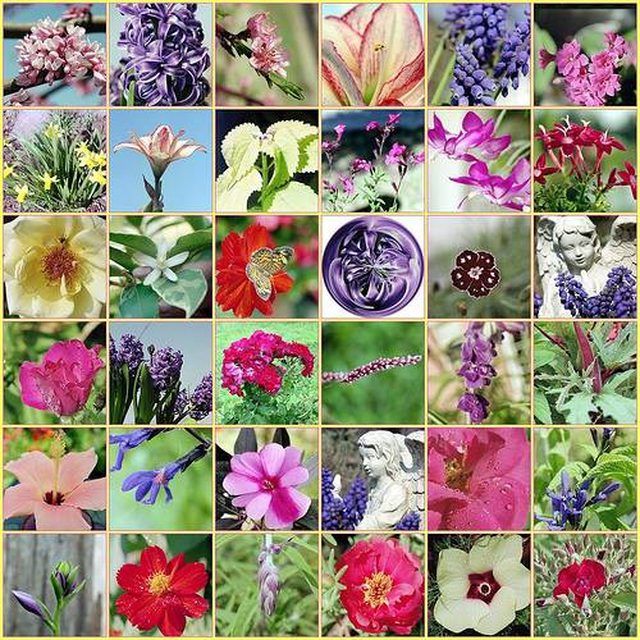
Learning how to identify plants and flowers can be important for different reasons. It is necessary if you often camp in the outdoors or if you are interested in learning about edible or toxic plants in your region. Learning as much as possible about the numerous plants and flowers in our world is a good idea if you want to be more comfortable outdoors.
Toxic Plants
Toxic plants grow naturally throughout many regions of the world. Some of the more easily identifiable toxic plants include poison ivy and sumac, which are identified as having three leaves on each runner-like stem. The leaves are in a triangular formation with two leaves being on either side of the stem, and one at the very tip. Poison ivy and poison sumac are green vinelike plants that produce small gray berries and turn red and yellow in autumn. Another toxic plant is the rosary pea, which is a woody vine that produces seed-filled pods.
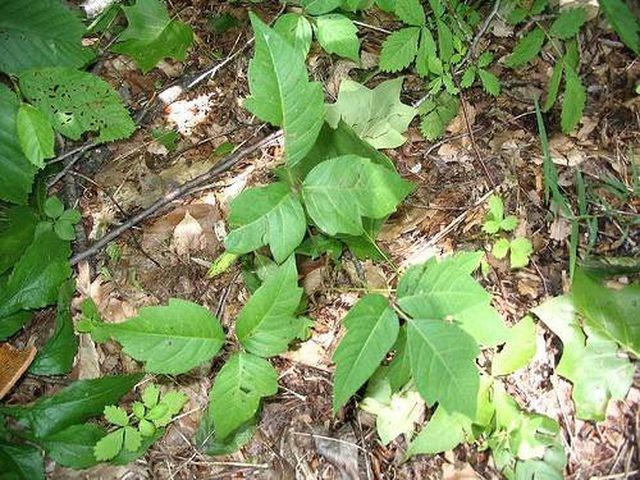
Toxic Flowers
The oleander is the name of a bush that produces flowers of the same name. Every part of the bush is toxic and it is identifiable by its long, spikelike branches that contain clusters of thin deep-green leaves and delicate blossoms. The flowers are often very thin and wispy and can be red, yellow, pink or white. Other toxic flowers include the hyacinth, the iris and lily of the valley.
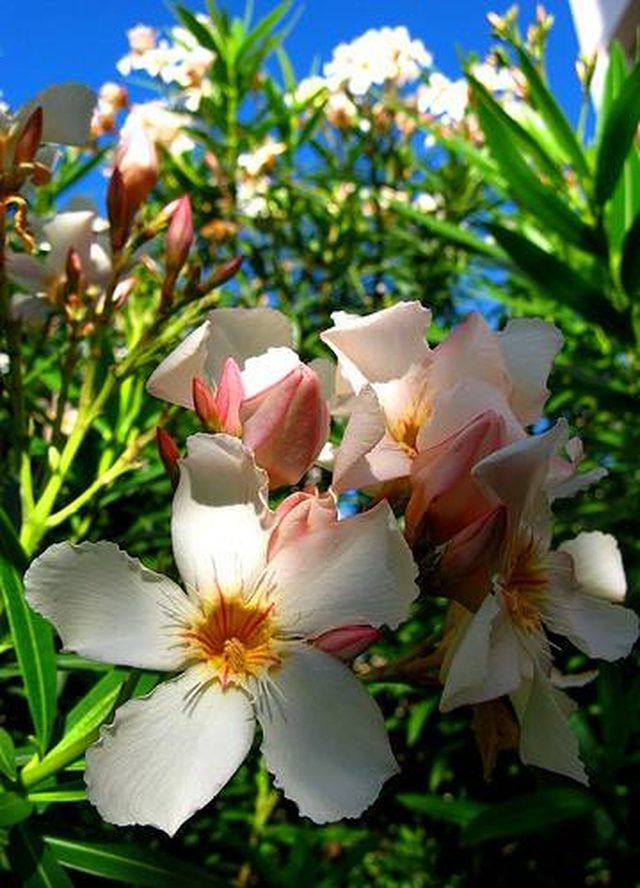
Medicinal Plants
Cinquefoil is a flowering herb found in many parts of the United States, especially in prairies near wooded areas. It is identified by its creeping vinelike appearance and its tiny yellow blossoms that close at night and open during the day. It is used in astringents and mouthwashes. Butterfly weed, another medicinal plant, can be identified by its bright orange flowers or seed pods atop hairy stems that reach three feet in height.
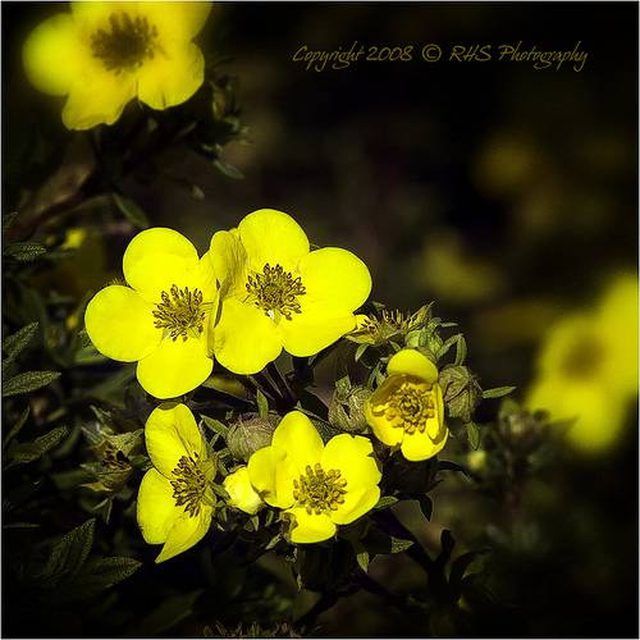
Medicinal Flowers
Violets are recognized by their short stature, deep green foliage and royal purple blooms. The leaves are scalloped and heart-shaped and feel soft like velvet on the undersides. The flowers have five petals, and two petals will have yellow hairs toward the center of the bloom. Though they are commonly deep purple, soil conditions can change colors from pink to even white. Violets are not only edible but can also be used as a medicinal application to respiratory and digestive problems.
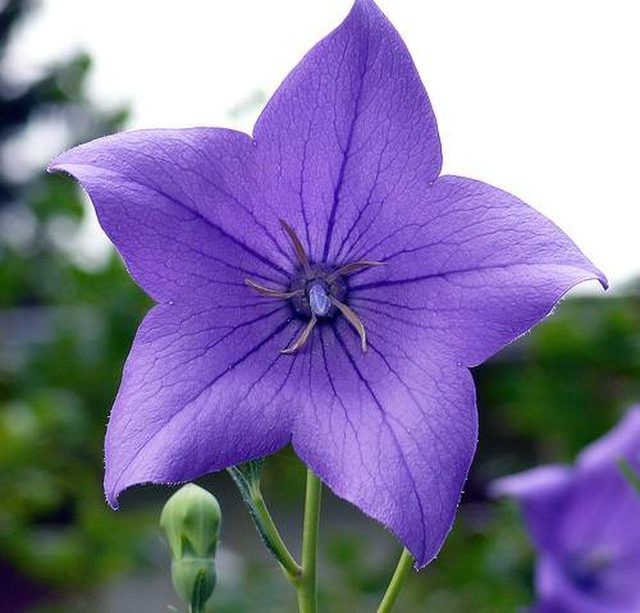
Edible Plants
Wild onion plants are easily identified due to their potent aroma and appearance of tall tubelike grass blades. It often grows in patches of several shoots of the tubelike grass, and the small white, bulbs are normally less then four inches beneath the plant. Wild garlic grows in almost the exact way as wild onion. Its only difference in appearance is that its grassy blades are wide and flat, unlike the tubular blades of the onion plant.
Edible Flowers
Calendula is an edible flower that tastes a lot like saffron. It is bright yellow and is also known as the marigold. This flower is popular in home gardens and is easily identifiable by its prickly appearance and sunny orange hue. There are usually more than a dozen thin petals that overlap one another to create a ruffled appearance when it is in bloom.
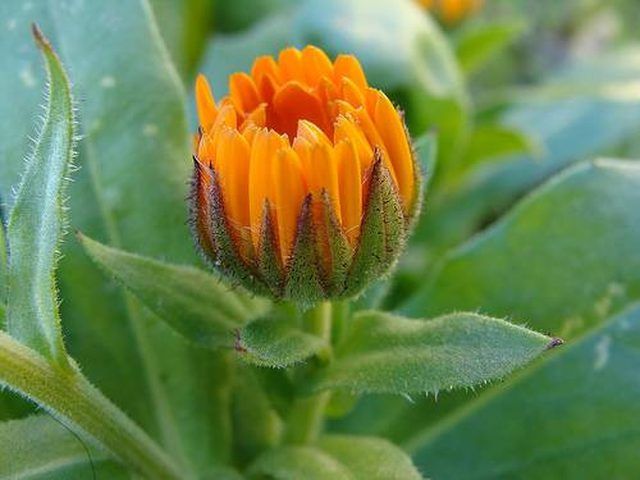
Cautions
Before you consume plants found in the wild, make sure you wash them thoroughly. Pesticides and other residues may have been applied at some time in the past and can linger for long periods of time.